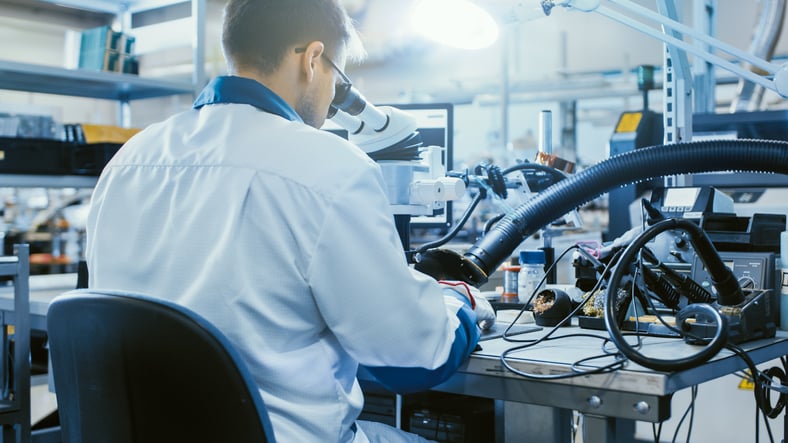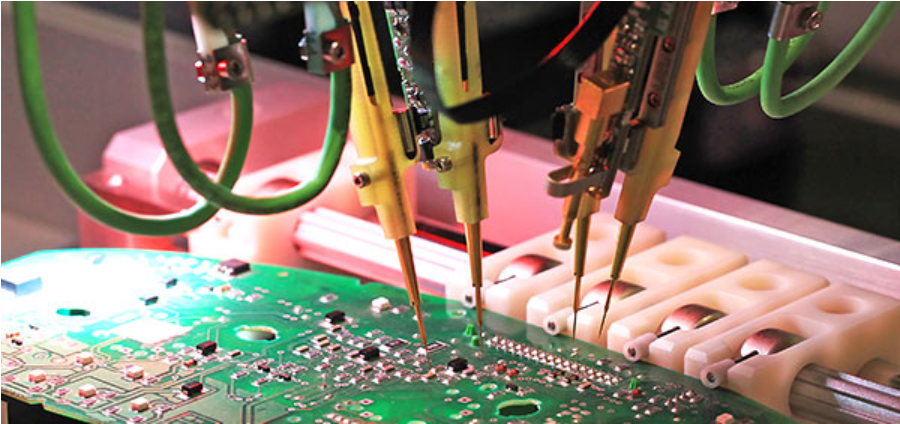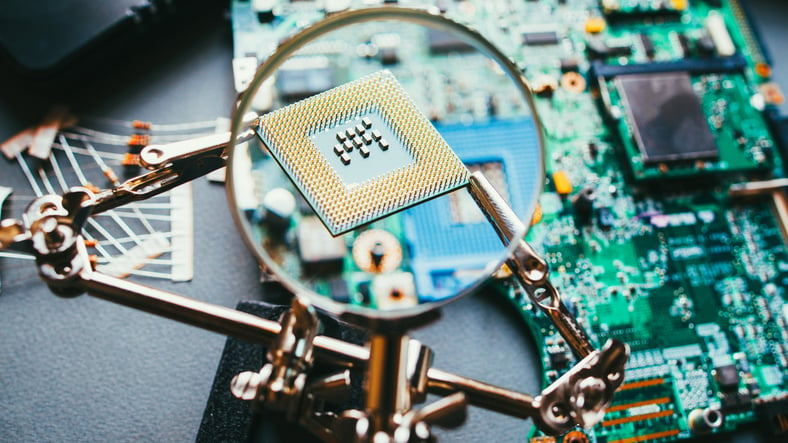What Are PCB Functional Testing Services?
Electronics manufacture and testing are like squabbling siblings. PCB testing is a necessary expense that, when done correctly, prevents much larger...
 PCB contamination testing is not for every project, but it’s a lifesaver for some.
PCB contamination testing is not for every project, but it’s a lifesaver for some.
One type of PCB testing has proven itself over decades of use. You may have heard it called Resistivity of Solvent Extract (ROSE) testing -- it’s the most reliable go-to for printed circuit board checks.
This isn’t to say that other PCB testing methods aren’t useful and important in detecting contamination that can lead to PCB failure. But for the majority of applications, including medical equipment and other Class 2 and 3 electronics, ROSE testing does the job and does it well.
Contamination can cause many problems, including:
PCB processing and assembly (should) take place in a squeaky-clean environment designed to keep the air and components clean. Even still, contamination can and will happen at some level -- it’s one of the most common causes of component failure.
ROSE testing (also known as ionograph or Omegameter testing) measures salt content. Too much salt means the PCB manufacturing process has left excessive solder or chemical residue. The connectivity problems that can result when boards do not meet PCB cleanliness standards can cause shorts and poor performance.
ROSE testing is not standard. It might be recommended by the PCB manufacturer but should be performed only at the request of the customer.
When reliable electronics performance is critical, ROSE testing provides the quality control you need.
Common sources of contamination include:
Many PCB fabrication processes involve some intense chemistry processes. Copper etching liquid, water-soluble soldering, electrolytic solutions, hot air leveling fluxes -- all of these can introduce contamination.
The simplicity of ROSE testing is one of its major benefits. It simply requires a meter to measure conductivity or resistivity and a mixture of deionized water and alcohol to determine salt content.
On average, the test takes about 5 minutes, and it’s done using samples. Not every board is put through it -- maybe 2-3 per 100. The timing and the fact that only samples are tested means the process is relatively inexpensive and doesn’t significantly lengthen the production process.
After the PCB has been bathed, the water/alcohol, the fluid is checked for dissolved ions. A change in the fluid’s resistivity lets the tester know how clean or dirty the board is. In the end, the ROSE test uses a non-destructive method to reveal the level of conductive material remaining after processing circuit boards using rosin-based fluxes.
Then, the ROSE tester plots the contamination level on a curve and compares the value to industry standards. A “fail” grade confirms there’s a problem with the cleaning process.
ROSE testing has been shown to be reliable and is trusted throughout the electronics industry. But there are other PCB testing methods, including:
If there’s any question about whether to employ PCB contamination testing or which kind of testing is most applicable to your product, ask someone. Even better, ask someone who understands the reasons for the procedure and the best way to execute it.
Check in with an electronics contract manufacturer that offers testing -- the more types, the better. Such an ECM will be able to ID any additional or replacement tests for your product.
For additional guidance, reach out to Contact Matrix Group. Their team can help you evaluate the right contamination testing approach for your build, review IPC-related requirements, and ensure your assemblies meet the performance and reliability standards your application demands. To take the next step, download Matric’s free guide to PCB testing done right and get a deeper look at best practices, methods, and quality considerations.
(Editor's Note: This article was originally published in August 2019 and was recently updated.)

Electronics manufacture and testing are like squabbling siblings. PCB testing is a necessary expense that, when done correctly, prevents much larger...

Deciding on the best testing method for your printed circuit board can be a daunting task. There are plenty of factors to take into consideration,...

Tests for printed circuit boards (PCBs) come in many varieties based on cost, breadth, time, and other factors. There are many ways to test your PCB,...